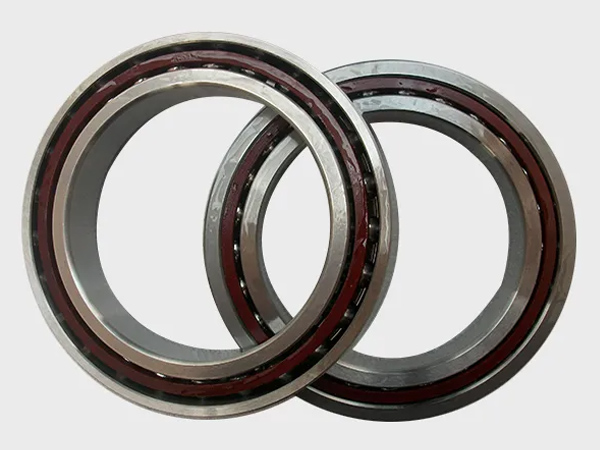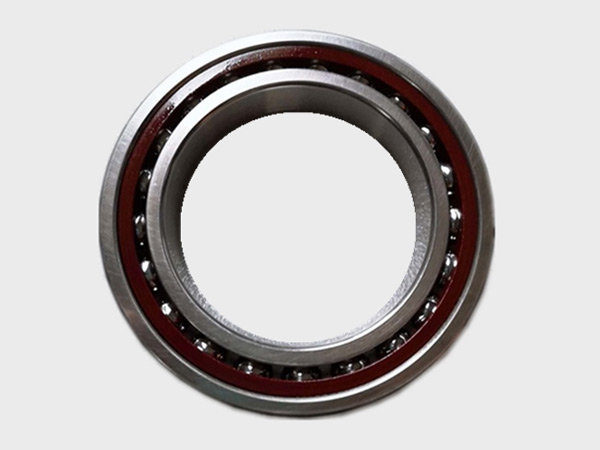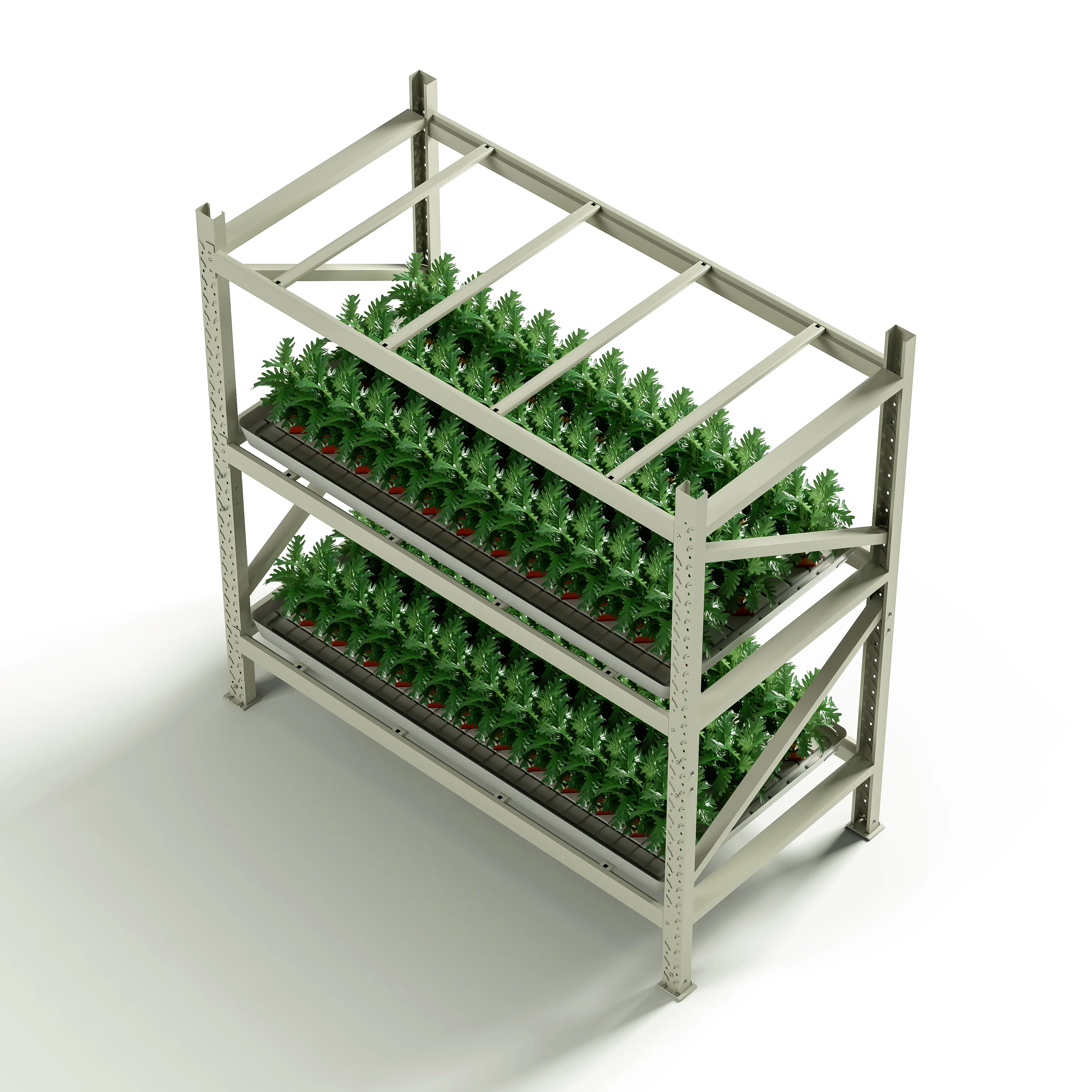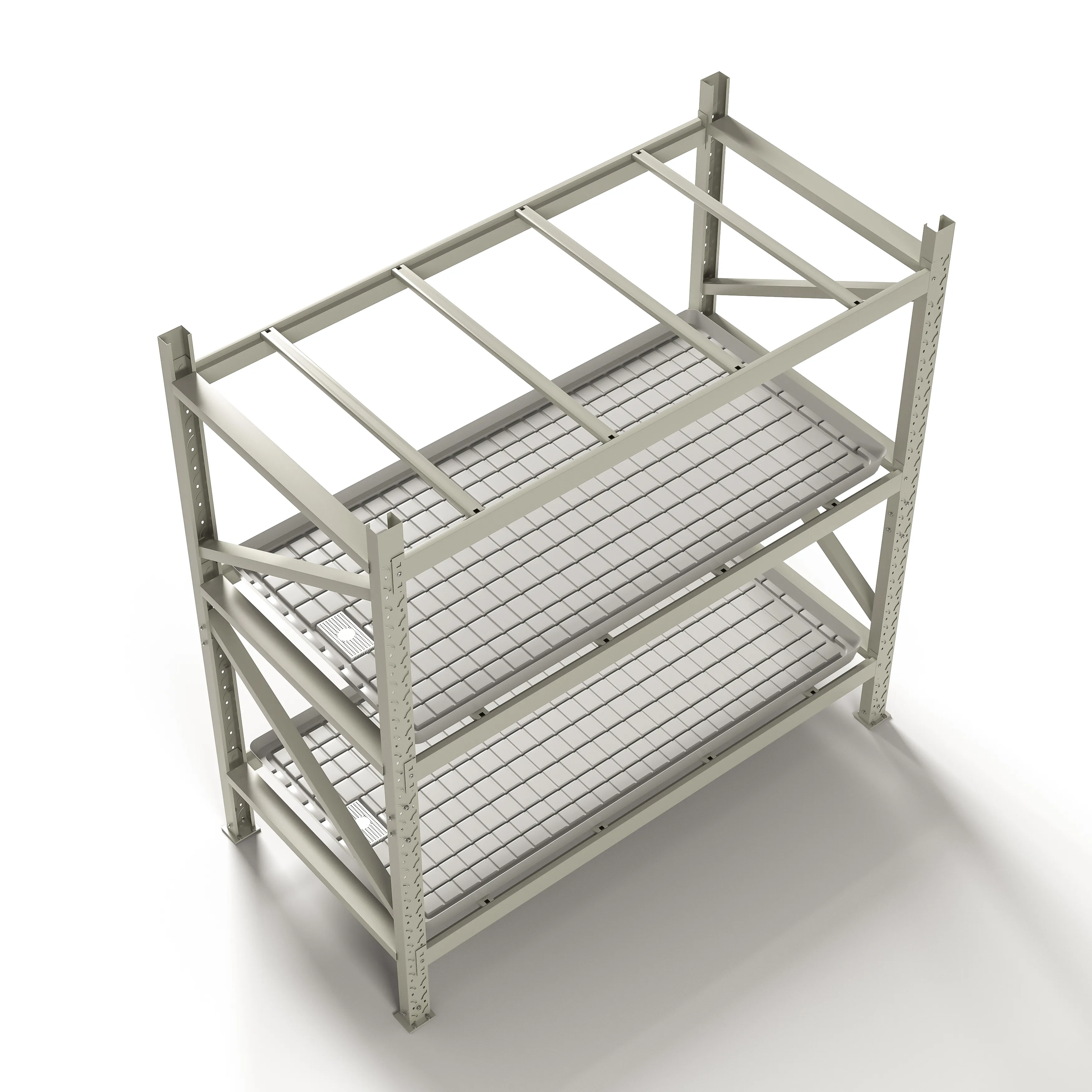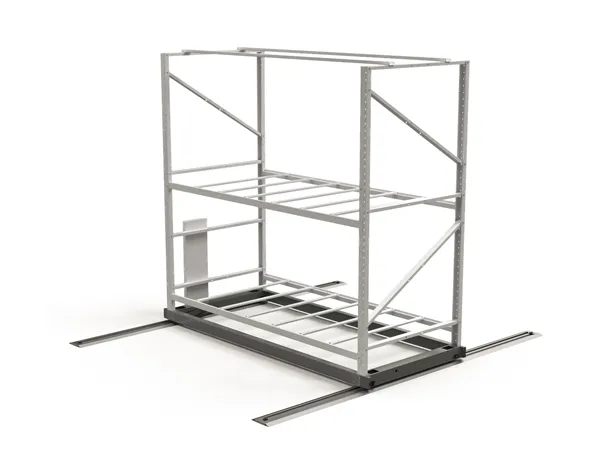https://www.ls-casting-mold.com/wp-content/uploads/2023/11/微信图片_20211008143206.jpg
3000
4000
lsmojv
http://www.ls-casting-mold.com/wp-content/uploads/2018/12/lslogo-300x138.png
lsmojv2024-04-26 14:54:452024-04-26 14:54:45What are the types of screw bearings?
https://www.ls-casting-mold.com/wp-content/uploads/2023/11/微信图片_20211008143206.jpg
3000
4000
lsmojv
http://www.ls-casting-mold.com/wp-content/uploads/2018/12/lslogo-300x138.png
lsmojv2024-04-26 14:37:052024-04-26 14:37:05What are the application fields of precision bearings?
https://www.ls-casting-mold.com/wp-content/uploads/2022/02/12-e1645582658515.jpg
600
600
lsmojv
http://www.ls-casting-mold.com/wp-content/uploads/2018/12/lslogo-300x138.png
lsmojv2024-04-26 14:08:062024-04-26 14:08:06What are the components of a grow room ventilation system?
https://www.ls-casting-mold.com/wp-content/uploads/2022/02/12-e1645582658515.jpg
600
600
lsmojv
http://www.ls-casting-mold.com/wp-content/uploads/2018/12/lslogo-300x138.png
lsmojv2024-04-26 14:07:472024-04-26 14:07:47What are the components of a grow room ventilation system?
https://www.ls-casting-mold.com/wp-content/uploads/2022/02/12-e1645582658515.jpg
600
600
lsmojv
http://www.ls-casting-mold.com/wp-content/uploads/2018/12/lslogo-300x138.png
lsmojv2024-04-26 14:01:502024-04-26 14:01:50What are the common types of vertical growing systems?
https://www.ls-casting-mold.com/wp-content/uploads/2022/03/IMG_2083-e1646274786744.jpg
400
600
lsmojv
http://www.ls-casting-mold.com/wp-content/uploads/2018/12/lslogo-300x138.png
lsmojv2024-04-26 13:46:382024-04-26 13:46:38What components does a mobile shelving storage system consist of?
https://www.ls-casting-mold.com/wp-content/uploads/2023/06/3-e1687857391262.jpg
600
600
lsmojv
http://www.ls-casting-mold.com/wp-content/uploads/2018/12/lslogo-300x138.png
lsmojv2024-04-26 13:38:002024-04-26 13:38:00What are the features of household furniture?
https://www.ls-casting-mold.com/wp-content/uploads/2023/06/3-e1687857391262.jpg
600
600
lsmojv
http://www.ls-casting-mold.com/wp-content/uploads/2018/12/lslogo-300x138.png
lsmojv2024-04-26 11:44:112024-04-26 11:44:11What are the features of single rolling door cabinets?
https://www.ls-casting-mold.com/wp-content/uploads/2023/07/未标题-1.jpg
600
600
lsmojv
http://www.ls-casting-mold.com/wp-content/uploads/2018/12/lslogo-300x138.png
lsmojv2024-04-26 11:35:502024-04-26 11:37:45How does a mobile compactor work?
https://www.ls-casting-mold.com/wp-content/uploads/2023/09/BXU.jpg
450
600
lsmojv
http://www.ls-casting-mold.com/wp-content/uploads/2018/12/lslogo-300x138.png
lsmojv2024-04-26 11:04:162024-04-26 11:04:16What are the arrangements of angular contact ball bearings?
Scroll to top
